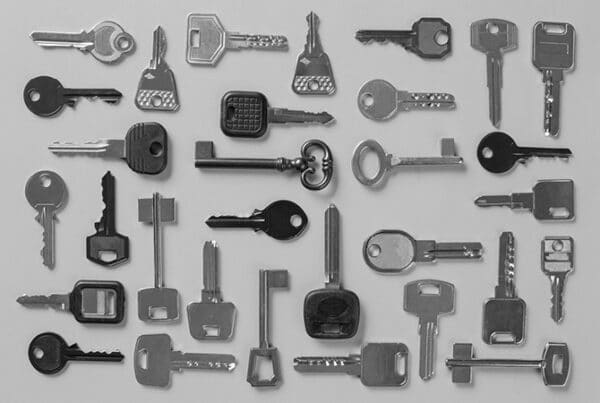No, this isn’t an article for Tinder. It is, however, important to think about whether you’d swipe right on a relationship with your creative or production colleagues.
How much time do you dedicate to thinking about your working relationship between the creative and production teams? If things go wrong, or there is conflict, the answer is probably – reluctantly – more time than if your work relationships are generally successful. But do you put effort into making those connections successful? What about the relationship between the teams?
It makes sense to understand more about your teams’ dynamics, and to learn about the factors that make the individuals and wider teams’ relationships thrive from the outset. We could all do with reminding ourselves of these seemingly obvious but often overlooked skills and techniques, particularly given that so much of our time is spent working alongside other people.
Great working relationships are the driving force behind great teams. The most productive and influential groups of colleagues in business are where they are because of their positive working relationships. Great teams are made by combining complementary personalities, and balancing skill sets across different responsibilities, and providing them with the opportunity to connect and the tools to connect well.
Here are some tips to help your creative and production teams build the types of working relationships that will help them (and you) achieve their best work for the client.
1. BUILD TRUST
Trust is critical in the long-term success of your teams, no matter what they’re doing. If you don’t trust your production team to execute your vision correctly, it can have serious consequences. In the same vein, if the production teams don’t have faith in the work of the creatives then they may not have the passion to get the work over the line – and this is where trust plays such a huge part. Ultimately a lack of trust in colleagues is going to affect the overall results, you might be late with a deadline, or will need to request additional resources or funding in order to accomplish your original task, these issues are best dealt with quickly and openly to avoid loss of reputation.
The attitude and ability to trust one another in a team is considered one of the most critical elements that help team members bond with each other and work together seamlessly towards their common goals.
So how do you build that trust?
It’s important for people to be able to voice their opinions clearly, which helps everyone understand where any issues may arise in advance. Successful teams will be able to solve conflicts constructively, but trust can take time to build, so keep working at it to make improvements.
2. INCLUSION IS MORE THAN A BUZZWORD
Diversity-of-thought, of skill, of background, and of personality is important in helping teams achieve their best. If everyone thought and acted the same way, we would never be able to address the challenges and seize the business opportunities of the modern world. But diverse groups can be challenging to work within and to manage. The key is to foster a culture of inclusion, where everyone has a voice and something important to say. To provide all with the chance to weigh in and make an impact. When inclusion is built into the culture of a company, teams are able to achieve more.
This is where sometimes creative and production teams can almost feel as though they are at war with each other. If one team’s voice is louder than another, then it can lead to feelings of exclusion. Keeping the teams working together in harmony is the only way to ensure that the end product is delivered successfully for the client.
So how can you do this successfully?
Regular all-hands meetings are so beneficial for keeping teams working together as one. It’s an opportunity to make sure everyone understands the priorities and are all on the same page. Another option is to ensure your leaders are accessible to team members so that the values and goals can be clearly communicated and shared from the top down.
3. NAIL YOUR COMMUNICATION STYLE
Things can sometimes get tense at work when different ideas clash and personalities bump into each other. That’s normal, but the best way through these difficulties is to acknowledge them, address them openly, and to have tough conversations. Feedback is a gift, from the top on down to the bottom of the corporate ladder and agency teams regularly gather to provide each other with feedback.
To recognise that the opportunity to learn from others is valuable will help you set the stage for positive relationships, authentic conversations, and meaningful results. It’s important that your creative and production teams have really clear and open methods of communication, as well as ample opportunities to provide feedback.
4. WE’RE ALL ON THE SAME TEAM
When it comes to creative and production teams working together, everyone is always striving for the same end result. Everyone wants the same thing in the long run, but it’s just a case of putting yourself in the other team’s shoes and finding out what their challenges are too.
The Creative teams will be receiving non-stop amends, constant last-minute changes, as well as Account Managers who will know what’s best for the client. They speak to them on a daily basis and know what’s truly in their hearts.
The Production teams will likely be asked to change their plans, reshuffle their teams and asked to do more to try and achieve the end vision for the client and that’s fine. Both sides know exactly what it takes to execute the plan and of course, people can get frustrated at the cost-implications of making changes, but ultimately both sides pull together to ensure the job gets finished perfectly.
Managing the creative production We Are Amnet work alongside agencies and major brands to produce multi-channel campaigns that deliver. Click here for more information or contact us.






